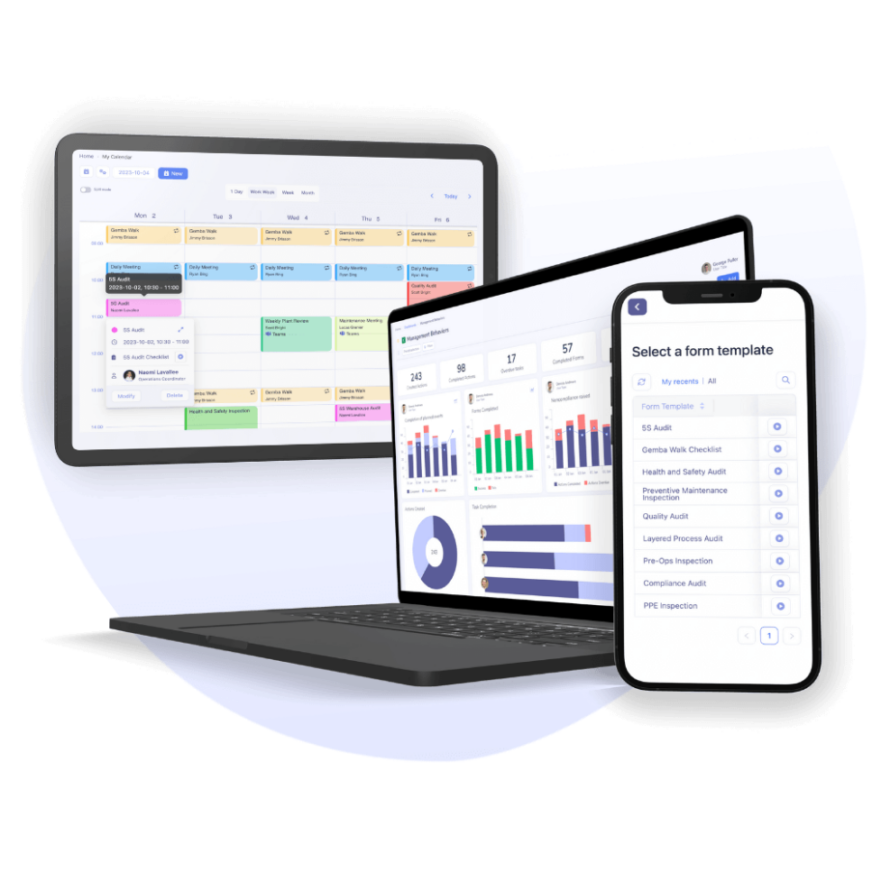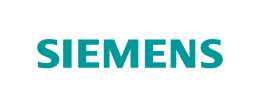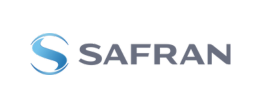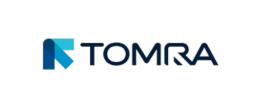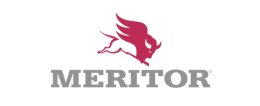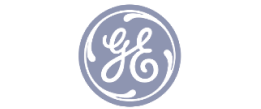The CQI-8 Layered Process Audit Guideline is an initiative from the Automotive Industry Action Group (AIAG) to improve quality and processes with a suggested framework for managing Layered Process Audits. LPAs can help to reduce the cost of poor quality (CoPQ) by conducting audits at every layer of the organization, not just focusing on the quality of final products. In most industries, CoPQ can represent 15% to 20% of sales revenue1. The car industry’s cost of “not catching mistakes before they reach the consumer” is linked to the growing auto recall problem. That’s why the Layered Process Audit approach is more relevant than ever. Here is a quick summary of what precisely the CQI-8 guideline is. We’ve also explained the value of Layered Process Audit software to implement or digitize an LPA program.
What Are Layered Process Audits?
Layered Process Audits (LPAs) are structured audits conducted across multiple organizational layers to ensure process compliance. Every layer of management follows its own audit checklist to verify the quality, safety, and efficiency of procedures. Audits’ frequency increases with each auditor’s proximity to the factory floor. It can go from daily audits for a line supervisor to monthly and quarterly audits for managers and directors.
LPA makes quality a company-wide effort because it is not confined to the quality department. It also goes beyond the quality of the finished product. It catches defects upstream, as 75% of manufacturing defects result from non-conformance with processes2.
The Origins of Layered Process Audits and the CQI-8 Guide
Various industries and services have now adopted LPA, from aerospace to consumer packaged goods, and bio-tech. Still, it originally came from the automotive industry in the ‘80s and ‘90s. In the wake of the oil crises, better quality standards and procedures helped the automotive industry reduce costs and complexity.
In 1982, the three major American automakers, Chrysler, Ford, and General Motors, founded the Automotive Industry Action Group (AIAG). AIAG supports the development of common global standards for Quality, Supply Chain, and Corporate Responsibility. Most specifically, AIAG is the publisher of the CQI standards for Continuous Quality Improvement, including CQI-8 dedicated to LPA.
This focus on quality led Chrysler to conduct the first Layered Process Audit in 1994. As a result, the automaker and the other AIAG members successfully implemented the QS9000 standard for Automotive Quality Management Systems.
A decade later, 2005 marked a decisive point in the adoption of LPA. DaimlerChrysler and General Motors adopted common LPA practices to support their technological alliance. That same year, the AIAG published the 1st edition of the CQI-8 Layered Process Audit Guideline to foster Continuous Quality Improvement of LPA.
In 2014, further collaboration with OEMs and Tier One suppliers led to the publication of a 2nd edition of the CQI-8 Layered Process Audit Guideline. This document is available in hardcover and PDF format on the AIAG’s online store.
Note that Layered Process Audits are not directly required by IATF 16949:2016, a global Quality Management System Standard for the Automotive industry. LPAs complement the internal audits that the International Automotive Task Force (IATF) already requires. However, major automotive companies like Stellantis (merger of PSA and Fiat Chrysler Automotive) ask their suppliers to perform LPA. It is part of their Customer Specific Requirements for Manufacturing Process Audit (FCA CSR 9.2.2.3).
What to Expect from the CQI-8 Layered Process Audit Guideline?
The CQI-8 guideline is concise and to the point. The 2nd edition can be used as an introduction to the definition and purpose of Layered Process Audits for different levels of managers and auditors. It is also a precious resource for companies that have already implemented LPA and want to review, maintain, or improve their existing audit process.
The CQI-8 guideline also clarifies how Layered Process Audits benefit the organization. The document lists the main areas where LPAs can have a positive impact, from improving safety to reducing the cost of poor quality.
Furthermore, this manual stresses the importance of top management planning to implement LPA successfully. In addition, it highlights the responsibilities of the LPA Process Owner. The CQI-8 guideline also reminds top decision-makers that LPA is not a one-person mission. LPA is a company-wide initiative requiring a cross-functional team to determine the proper audit layers.
Finally, developing templates for auditing and reporting requires expertise and finesse. That’s why the CQI-8 guideline also offers examples, step-by-step guidance for conducting the audit, and sample LPA metrics.
You might have already found Layered Process Audit templates or currently use templates developed “in-house.” Be advised that the AIAG and its more than 4,000 members are a trusted reference for those resources. AIAG also offers live virtual courses about Implementing Layered Process Audits (LPA) in the automotive industry or any other. The course’s material includes a hard copy of the CQI-8 Layered Process Audit Guideline.
How to Digitize Your LPA Program with CQI-8?
You can streamline the implementation of the CQI-8 guideline in your organization with Layered Process Audit software.
A digital LPA platform gets rid of paperwork that limits the impact and adoption of an LPA program. Digitized LPA also accelerates the creation and customization of checklists, forms, and schedules. In addition, it helps assign tasks and follow-up actions and gives visibility over your LPA program’s effectiveness.
Companies can use the CQI-8 Layered Process Audits Guideline as a source of templates. However, they must still tailor their LPA tools and evolve them. That’s why LPA software should be easy to customize.
LPA software can instantly produce audit reports and KPI scores. This business approach to audit supports a culture of continuous quality improvement and lowers the Cost of Poor Quality (CoPQ). In the automobile industry, the CoPQ is linked to the cost of recalls. It reaches $500 per vehicle on average3 and a record of $11,000 for the Hyundai Motors recall of defective batteries in 2021. Major players are already reducing their recalls with advanced digitization and detection of defects at the earliest stage of the production process.
Finally, remember that user adoption by auditors and stakeholders at all levels of the organization is at the core of an LPA approach. That’s why Tervene has built an intuitive and effortless Layered Process Audit digital platform. Our experts can also assist you in building your audit checklists and LPA schedules, from the customization of tools to the training of auditors.
Sources: 1: American Society for Quality (ASQ) / 2: Applied Logistics / 3: AlixPartners

